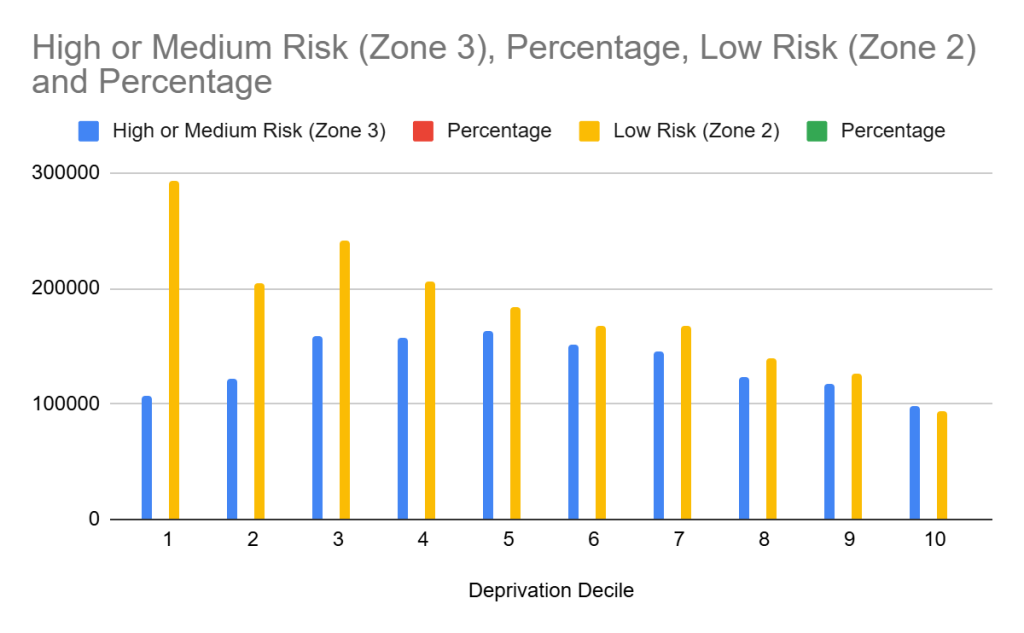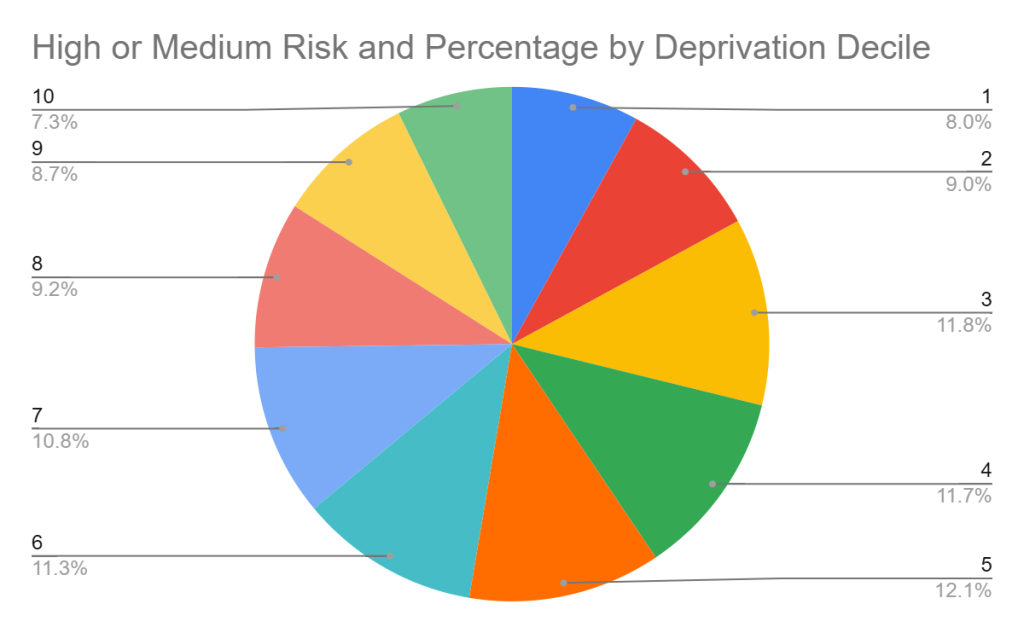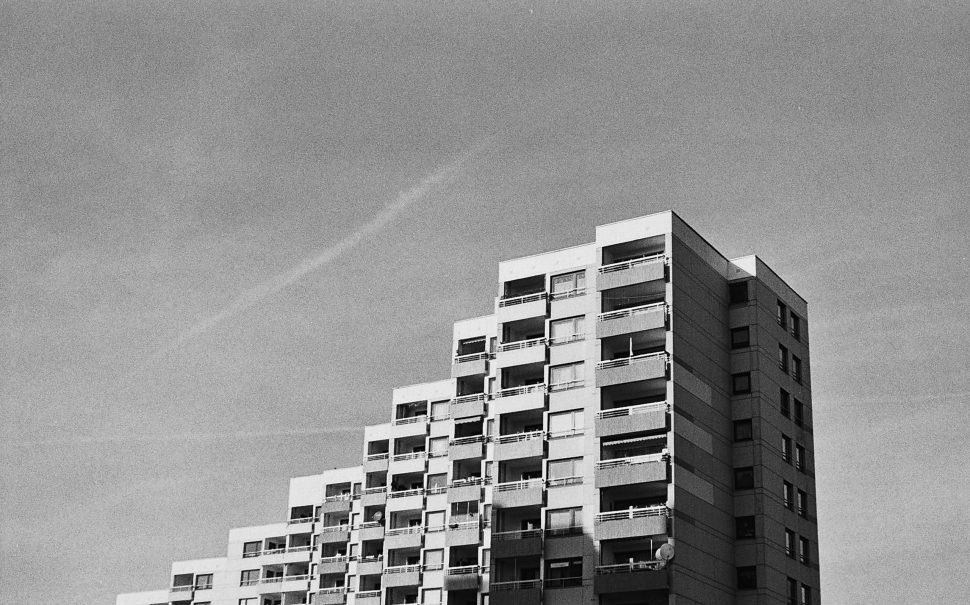London’s high-rise flats and council homes are at a higher risk of climate change adversity due to poor building design and insulation and a concerning lack of ventilation, data shows.
The Grantham Research Institute on climate change found in 2024 that over 50% of UK homes are at risk of overheating, and this is compounded in social housing by the over-reliance on insufficient natural ventilation.
According to findings by Arup, the most-affected regions of London are the inner-boroughs of Camden, Hackney and Islington.
University of Edinburgh PhD candidate in climate change Rhiannon Hawkins said: “People who are in low socio-economic housing are more likely to be in water poverty during a drought, whereby you spend over 3% of your income on water.
“This is a problematic barrier as you need to drink water to stay cool, and if you don’t have adequate housing and can’t afford water, you’re going to overheat.
“Your risk of mortality is up to ten times higher.”
The inclination for climate change to more adversely affect those of a lower socio-economic bracket goes beyond overheating and includes an increased risk of exposure to flooding, too, as many council housing residents are likely to live in floodplains and heat-islands.
City St Georges University found 3.7% more low-income households tackle flood repair costs than their more economically prosperous counterparts, with that figure expected to rise further to 4.4% by 2050.
As a result of a likely inability for poorer residents to relocate after a flood, those in social housing may become climate prisoners on account of an increasing average annual loss by climate change.
Deputy Mayor of environment and energy at Greater London Authority Shirley Rodrigues said: “It’s unacceptable that people living in London’s most deprived areas are the most vulnerable to overheating.
“If we make bold choices now, we can build a better, safer and greener London for all.”
Research collected in a 2024 entry of journal Environment International found that on average, privately-rented or owned homes are 0.5 degrees celsius cooler than social housing properties.
There was an acknowledgement of correlation between social deprivation and flood vulnerability in a new case study published by central government in April 2025 on social inequality and flood risk, too.
Deprivation decile categorises deprivation by code, whereby decile 0-2 represents the areas with the highest amount of material and social deprivation.
The data shows that there is a negative correlation as the most deprived areas have the highest risk of river and sea flooding.

Their findings are optimistic, suggesting that recent investment into 20% of the most deprived areas in London has been successful in reducing flood risk exposure inequality.
Hawkins said: “It follows a body politic of: if you are not able-bodied, if you’re not white, if you’re not middle-class, if you’re disabled or if you’re queer, you’re more likely to experience these problems – and it’s only going to get worse.”

Hawkins advised not to give up, and to take climate action no matter how big or how small.
She urged people to lobby their council for more green space, understand their rights and the risks of flooding and drought, and check-in on their more vulnerable neighbors and wider communities.
Hawkins added: “Have empathy towards one another and show kindness, as community resilience can get people through these times of adversity.”
Feature image: Free to use from Unsplash


Join the discussion